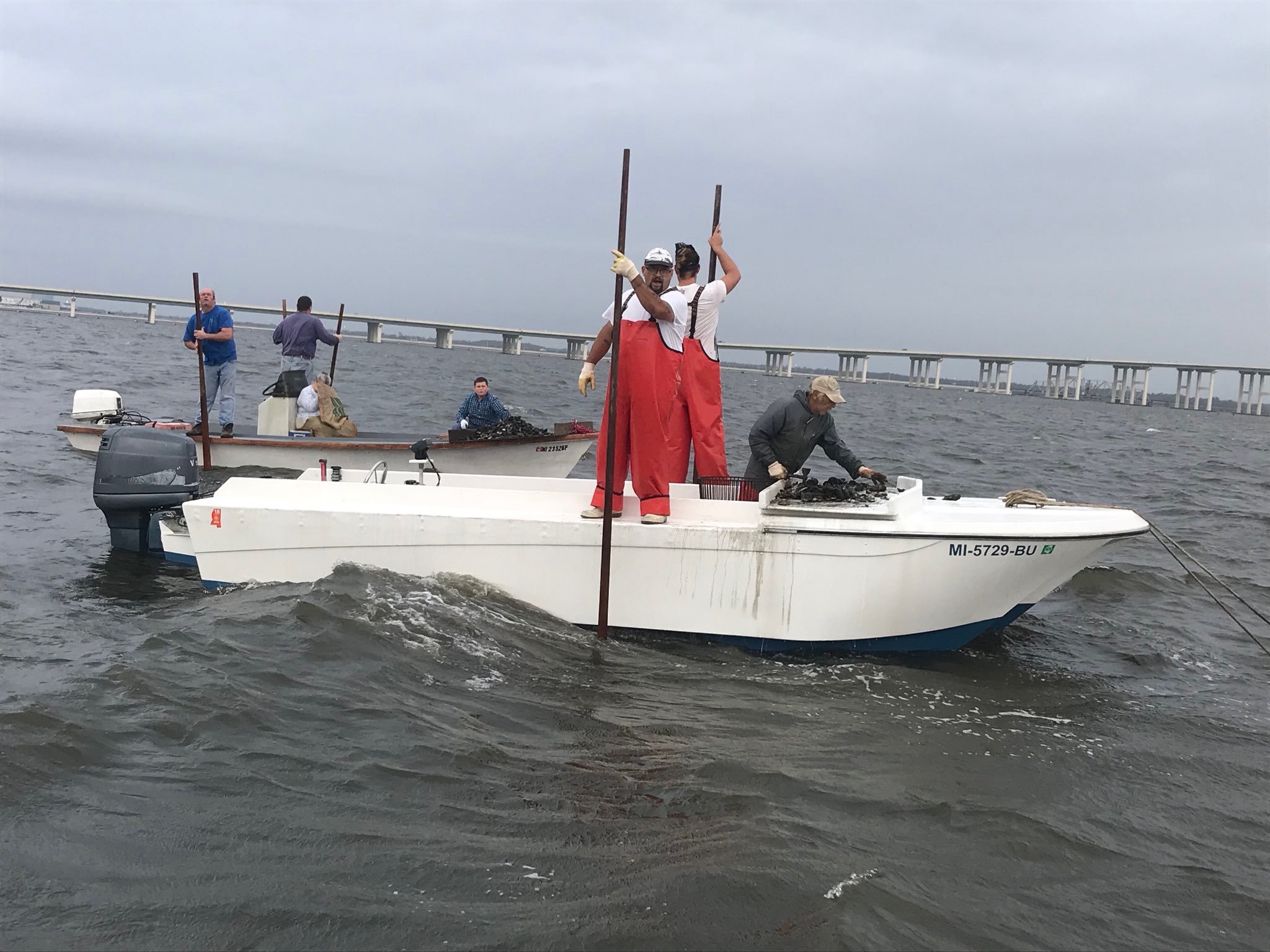There is no denying that the covid-19 pandemic has slowed consumption of Gulf of Mexico region oysters, as is the case with many other seafood species.
But environmental concerns appear first in the minds of oystermen, who have seen prices drop from 2019 highs related to widespread effects from Mississippi River flooding, when landings were at half the historical volume.
“Prices are steady, but the supply is not really there,” said Toby Voisin of Wilson’s Oysters in Houma, La. “They’re running from $45 to $65 per sack, or $9 to $13 per pound. I had 25 or 40 boats out at one time and, now I am down to eight.”
Voisin’s current per-pound price is higher than markers in 2019, but lower than the height of the price climb that year, which reached about $80 per sack.
Willie Daisy of Daisy’s Oysters in Dularge, La., reports similar prices, noting that in the summer months the oysters he harvests are normally thinner and less attractive to the market.
“My price holds up fair, I don’t fluctuate a lot,” said Daisy.
Voisin and other oystermen point to a variety of factors that relate to their volumes and prices, including potential effects of the 2010 BP oil spill, hurricanes and coastal erosion, as well as salinity fluctuations.
Salinity is a big issue for the oystermen. The influx of flood-related fresh water in 2019 was the culprit in a mass of oyster losses, with some beds experiencing a 100 percent failure. Coastal restoration projects that introduce fresh water to high-salinity areas remain a concern, with oystermen keeping close track of government plans.
In Alabama, hopes are high for better times following the end of a mandated 2018-19 closure, and reports from Mississippi are consistent with those from Louisiana.
The same cannot be said for harvesters of the prized Apalachicola oysters of the Florida panhandle.
The Florida Wildlife and Conservation Commission issued an order in August halting all wild oyster harvesting in the region, a mainstay of the oyster business. The closure relates to a five-year plan for restoration and shell-spreading for creation of habitat. Unlike the oystermen in the western gulf, affected negatively by too much freshwater. Those working Florida’s panhandle waters were plagued by drought, which crippled an industry known for its sweet-tasting, unique product.
Plunging fortunes over a decade or more have seen many oystermen leave the area or enter different professions.
“Our bay has collapsed,” said long-time oysterman Shannon Hartsfield. “I am hoping decent river flows can swap it around sooner… I am hoping we can come back to where a hundred families could make a living in the bay again.”







